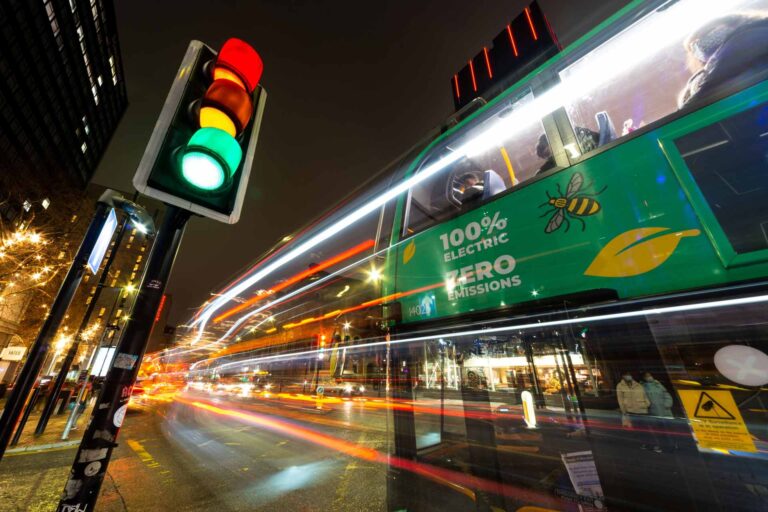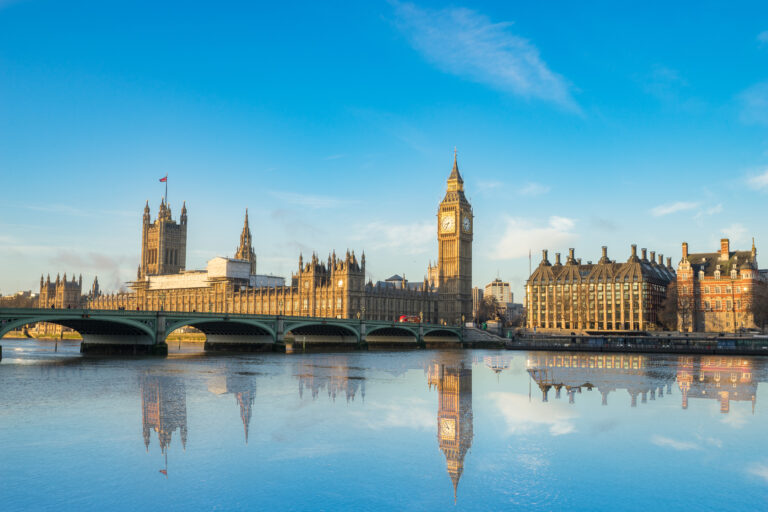/Passle/5d9604688cb6230bac62c2d0/SearchServiceImages/2026-01-02-13-00-37-309-6957c1750d2bbffa0bab2029.jpg)
Go to section
Latest
View all/Passle/5d9604688cb6230bac62c2d0/SearchServiceImages/2026-01-02-13-00-37-309-6957c1750d2bbffa0bab2029.jpg)
Thought leadership
UK Emissions Trading Scheme: A review of the changes made or proposed in 2025
30 Dec 2025
Thought leadership
Navigating the 2026 Updates to Nice Classification: Key Insights for Brand Owners
29 Dec 2025

Events
See what’s coming up, register for the events that matters to you and discover our range of on-demand content.
See upcoming events
Podcasts
Essential listening for you and your organisation.
Discover our range of podcast series and subscribe to make sure you don’t miss an episode.
Listen now


/Passle/5d9604688cb6230bac62c2d0/SearchServiceImages/2026-01-02-09-16-41-683-69578cf9504f3d47a9d4d345.jpg)
/Passle/5d9604688cb6230bac62c2d0/SearchServiceImages/2025-12-30-17-14-36-983-6954087cbd098cc4b3f760c2.jpg)
/Passle/5d9604688cb6230bac62c2d0/SearchServiceImages/2025-12-29-15-02-56-951-69529820700e0945548ca27f.jpg)






